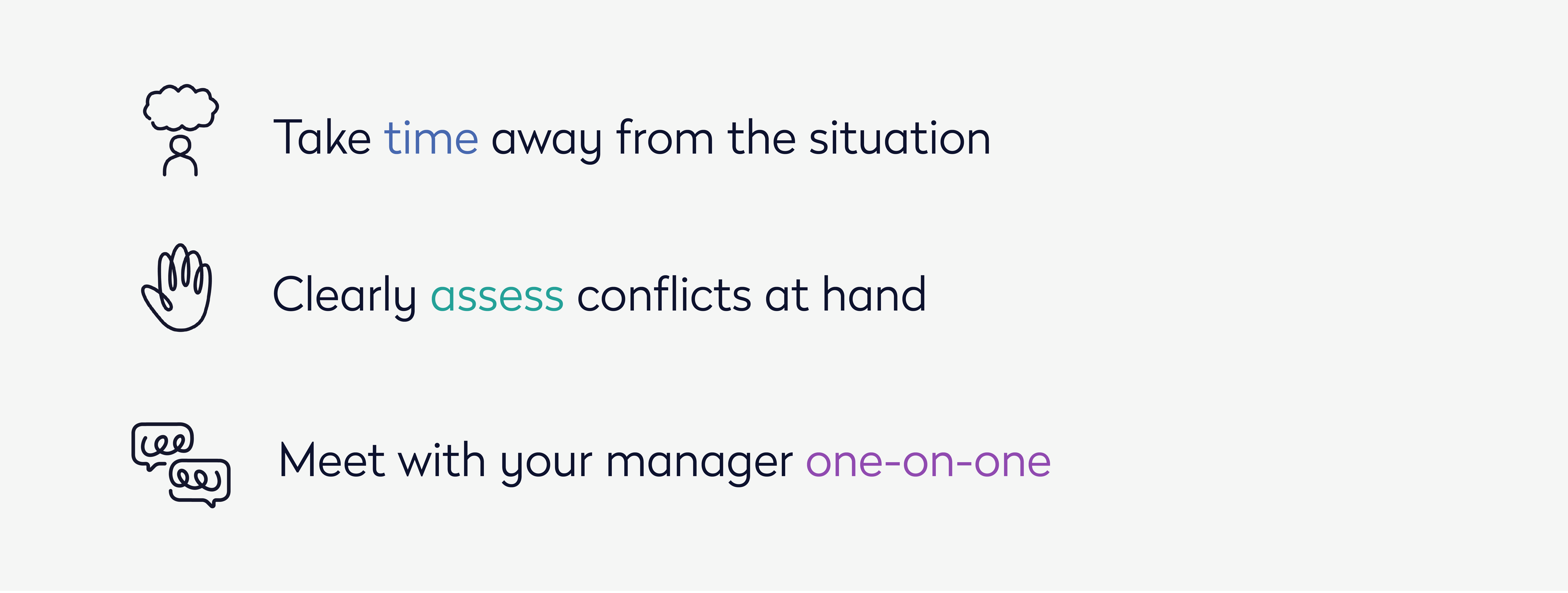
Employees who feel unappreciated by their employers respond with more than just Quiet Quitting. Rather than just doing the bare minimum at their job, they actively use their working hours to find a new job.
Rage Applying first appeared on social media in December 2022 by millennials unhappy with their current jobs. They used their frustration as fuel to go on a job applying rampage without much thought or consideration into the company or roles.
Here’s the problem. While the method may help you secure a new position quicker, it doesn’t guarantee it’s better than your current one. The grass isn’t always greener.
What is Rage Applying?
Rage Applying refers to workers who are fed up with their current position or company, whether it’s after a bad day, week, month, or year. Certain factors push these employees over the edge, resulting in them applying to as many jobs as possible out of anger.
The trend is rooted in strong negative emotions. Maybe someone is dealing with systematic issues or a round of layoffs that wasn’t handled correctly. Or perhaps someone feels either too challenged or not challenged enough in their job. The reasons are all-encompassing, from workplace conflict to employee burnout, but the blame is generally the same.
People tout this trend to get “revenge” on a “mean” boss. While not every “mean” boss is actually mean, it’s common for leadership to get blamed for most workplace problems, even those they’re not directly involved with.
Sure, some workers who Rage Apply tried to solve their work concerns, but many didn’t. Instead, employees often blame their manager or the company rather than try to find a resolution — and Rage Applying promotes this contention over compromise.
Why Rage Applying isn’t an effective career strategy
The Canadian TikToker who coined the phrase painted it as a positive career strategy.
She said, “I got mad at work, and Rage Applied to like 15 jobs, and then I got a job that gave me a $25,000 raise, and it’s a great place to work. So, keep Rage Applying. It’ll happen.”
The TikTok caught on like wildfire, with other professionals jumping on board. Why wouldn’t it? Rage Applying sounds effective. But does it work that well for everyone? Unfortunately, many who Rage Applied their way into a new job weren’t as satisfied with their new position.
With Rage Applying, professionals mass apply to various job titles and companies without any real intention. Most forget the jobs and companies they applied for by the time they receive an email requesting an interview.
And the reality is if people aren’t taking the time to truly research a company or role, they risk leaving their current position for a job or business that they’re even more unhappy with.
According to The Muse, 72% of employees who landed a new job from Rage Applying are dealing with a new problem; Shift shock — when an individual starts a new job and realizes with surprise and regret that the company is very different from what they were led to believe.
Workers who leave one job — without attempting to find a resolution to happily stay — might end up at another job they want to leave. This creates a pattern of job and title hopping. Regardless of what workers want to believe, official job titles and how long they’ve been at companies impact their careers.
Sure, employers no longer expect employees to be company lifers, but they still prefer people to have worked at prior companies for at least a year.
Additionally, when recruiters review many resumes, they look closely at the job titles and whether there is consistency and progression. A worker’s previous job title shows them the type of work they’ve done, the industries they’ve worked in, their experienced level, and — most importantly — if they have been following a clear career strategy.
Though there may be a good reason, an inconsistent resume is a fast way for a recruiter or hiring manager to overlook an individual’s skillset.
For some lucky individuals, Rage Applying can work in their favor. But for many others, it may backfire. Without a clear intention behind a person’s application process, they risk being dissatisfied with another work environment or seen as a problematic job candidate in the future.
What employees should do instead of Rage Applying
Workplace conflict is common. When you’re putting multiple people together with varied perspectives, cultures, and experiences, disagreements are bound to happen. While some issues at work can’t be solved, many can.
In some cases, Rage Applying is the easy way out. And as we know, the easy answer isn’t always the right answer. Communication and respect are vital to getting your voice heard to resolve work conflicts.
Before leaving, make sure your current job is really not for you. Here are three things you can do as an employee instead of Rage Applying:
1. Take time away from the situation and clearly assess the conflicts at hand
Employees who Rage Apply often do so in a knee-jerk fashion. Someone or something upsets them, and they immediately turn to job postings and fire off applications — thinking they’ll land their dream job this way.
However, acting rashly may do more harm than good. Instead, take a couple of days to sit with your thoughts and list everything that makes you want to quit. Clearly understand your motivations and whether your workplace issues are fixable.
2. Schedule a time to meet with your manager one-on-one
Ask your manager to meet one-on-one once you have your work issues written out. While you know what is bothering you, your manager is likely clueless. No matter how good a manager is, they can’t read minds — whether the issue is with them or others.
In today’s hybrid and remote climates, it’s much harder for leaders to grasp everything that’s going on. Use this meeting to address your concerns with your manager with the hope of improving things. But make sure you approach your manager in a calm and collected way. Remember, this may come as a surprise to them.
Also, people are more likely to respond with compromise when they feel respected — and managers are people too. When speaking to them, clearly express what you need that you’re not getting. Chances are they will take some steps to resolve these issues. Often, when employees don’t share why they left until after quitting, they later learn their problems were solvable.
3. If you cannot find a resolution, apply to jobs thoughtfully not irrationally
After carefully assessing your situation, suppose your manager couldn’t elicit the changes needed to solve it. In that case, it’s understandable that you’ll find your attention back toward the job market. When reviewing other job postings, be selective and don’t impulsively Rage Apply.
Make a list of your must-haves in a new job and only apply to positions that offer what you seek. Otherwise, you’ll find yourself in another similar situation.
With this said, recruiters are now being taught how to spot signs of a rage applicant:
- Job mismatch: When applicants apply to positions that align differently from their current skills, qualifications, or experiences
- Rapid application timeline: When a recruiter notices the same applicant has submitted multiple applications to the company in a short period
- Limited customization: Rather than tailing their resumes to match the job’s specific requirements, recruiters receive a very generic application
- Current employment status: Rage job seekers are usually employed with a stable job, not unemployed
It’s always an employer’s goal to hire employees that will be an excellent long-term investment. However, with Rage Applying, not all job seekers are genuinely invested in the company or role. Today, recruiters and hiring managers are carefully considering who they hire, especially when based on a worker’s short-term emotions
The takeaway: Rage Applying isn’t the answer
Rage Applying to jobs might look appealing after a bad day or week at work, but it doesn’t usually work. You may secure a job faster but regret leaving your original one. Most work conflicts can be resolved. However, employees don’t always speak up about what is frustrating them. Instead, they assume there is no solution, and Rage Apply.
Not only can Rage Applying hurt you as a professional, but it harms recruiters and hiring managers. Companies with the highest retention rates are due to their employees being the right cultural fit. When an individual is desperate to find a new job, they only focus on if they will get a job offer, not if the job is right for them.
Bottom line, don’t Rage Apply. Either search for a solution or take an intentional approach to job searching.









